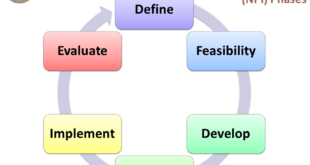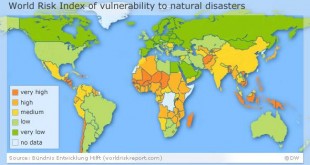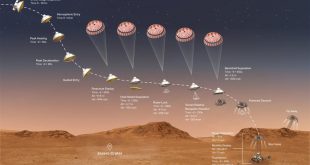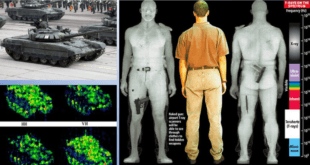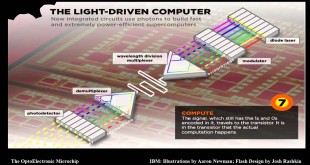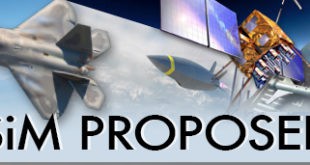Every year there are huge trade shows where companies reveal all the latest new products in hopes to draw interest from distributors, dealers and prospective customers. There are Auto shows, Electronics shows and Agricultural shows just to name a few. Most manufacturing companies participate in one or more of the …
Read More »Earthquakes require new technologies for early warning , Search and Rescue, to delivering relief and care
Earthquakes are natural disasters that cause immense damage to life and property. They not only leave thousands of people homeless, but also ruin the lives of millions across the globe. Earthquakes affect many parts of the world every year. Every year, more than 50 thousand people die from earthquakes. Since …
Read More »Countries like US, Russia and china are racing to deploy ground combat robots or UGVs, and testing their effectiveness on battlefield
An unmanned ground vehicle (UGV) is a vehicle that operates while in contact with the ground and without an onboard human presence. Generally, the vehicle will have a set of sensors to observe the environment, and will either autonomously make decisions about its behavior or pass the information to a …
Read More »NASA Perseverance Rover’s Entry, Descent and Landing on Mars required many Technology breakthroughs
Landing on Mars is hard. Two out of three missions to the red planet have failed. Hundreds of things have to go just right during this nail-biting drop. To get there, will have to fly through about 483 million kilometers (300 million miles) of deep space and target a very precise …
Read More »Terahertz Photonics breakthroughs promise ultrahigh speed communication systems to medical imaging and diagnostics, industrial quality control, and security screening
Terahertz (THz, 1012 Hz) technology is based on light sources with frequencies much lower than of visible light, and slightly higher than of microwaves. Such light sources have a number of unique capabilities, for example that it can propagate through most insulating materials such as paper, plastic, cardboard, clothes etc., …
Read More »Optical processors for high performance and energy efficient computing for data centres and supercomputers
Moore’s Law which stated that the number of transistors on a chip will double approximately every two years has been the driver of semiconductor industry in boosting the complexity, computational performance and energy efficiency while reducing cost. The increase in computing performance of electronic computers is becoming more and more …
Read More »DARPA SAFE-SiM developing theater-wide, multi-domain, mission level modeling & simulation tools for mosaic warfare
The emerging battlefield is a multi-domain battlefield which shall include all the traditional domains of land, air and sea as well as Cyber, Space, Low Intensity conflicts, Information warfare including Psychological warfare and cognitive warfare shall be exploited by our adversaries simultaneously or in any desired combinations. DARPA has …
Read More »Project Maven accelerated weaponizing Artificial Intelligence for the US military, was it used to kill Iran’s nuclear scientist
DoD collects loads of data from satellites, drones and Internet-of-things devices. But it needs help making sense of the intelligence and analyzing it quickly enough so it can be used in combat operations. But, the sheer volume of video content produced makes identifying, assembling and delivering actionable intelligence — from …
Read More »US Navy thrust on preventative maintenance & prognostics-based approach to increase operational availability or mission success of Naval fleet or battlegroup
One of the major objectives of the military is to achieve high reliability and operational availability of their assets. Significant operational benefits are to be gained by employing highly reliable military assets. The major reasons why achieving high reliability is so important are: (1) maintaining weapons systems consumes a significant …
Read More »Cellulose nanopaper promising for green electronics, green vehicles, energy harvesting and optical sensing
In recent years, nanomaterials have displayed potential in effective detection and removal of greenhouse gases, chemical contaminants, organic pollutants, and biological agents. These materials come in various morphologies and have various functions (e.g., adsorbents, catalysts, or membranes). The high reactivity and high surface area of nanomaterials are some of the …
Read More » International Defense Security & Technology Your trusted Source for News, Research and Analysis
International Defense Security & Technology Your trusted Source for News, Research and Analysis
